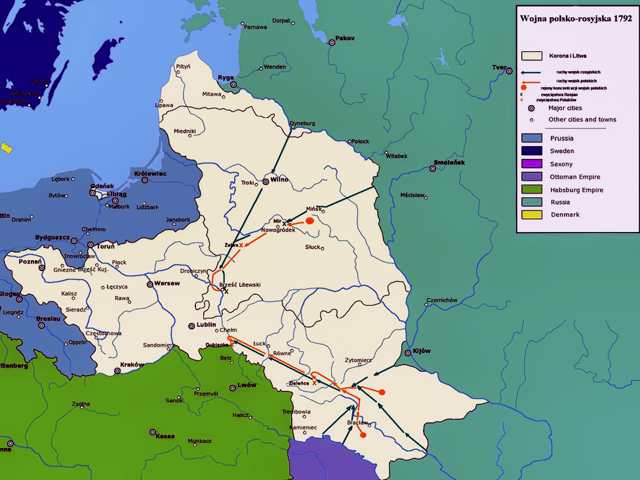23rd of January 1793: 2nd Partition of Poland
Explore the complex nature of national identity and recognition as we delve into the historical partitioning of Poland in 1793, shedding light on the intricate dynamics that define a country.
Table of contents
Defining a Nation: The Enigma of Countryhood Unveiled
What truly makes a country a country? Is it merely a piece of land with a government, or does the recognition of its existence by the global community play a pivotal role? The complexities of national identity come to the forefront when we examine historical events such as the partitioning of Poland in 1793.
The conventional understanding of a country often revolves around a specific piece of land with its own government. However, this definition is far from straightforward. Cities, provinces, and states, while having their own governments, are not considered independent countries; they are divisions within a larger sovereign entity. The intricacies of what constitutes a country go beyond territorial borders and administrative structures.
A significant aspect that contributes to the essence of a country is the acknowledgment it receives from the international community. This is where the complexity deepens, as different nations may hold divergent perspectives. Take, for instance, the case of Taiwan, also known as Chinese Taipei or the Republic of China. While some countries recognize it as a sovereign nation, others do not. The recognition of Kosovo’s independence is another example, with varying stances among nations.
However, it’s not just contemporary geopolitics that grapples with these dilemmas. The pages of history unveil instances where the very fabric of a nation was torn asunder by external forces and conflicting interests. The partitioning of Poland in 1793 stands as a poignant example of how a country’s existence can be reshaped by geopolitical maneuvering.
The Fateful Year: 1793 and the Division of Poland
On this fateful date, Prussia and Russia orchestrated the partitioning of Poland, an event that reverberated through the annals of history. Great Poland and several other territories fell under Prussian control, while Russia claimed eastern provinces stretching from Livonia to Moldavia. The consequence was staggering—Poland, once a nation of considerable size, was reduced to less than one-third of its original expanse.
This, however, was not an isolated incident. The partitioning of Poland had occurred before, in 1772, and would recur again in 1795. The cumulative impact of these partitions was devastating. By 1795, Poland ceased to exist as an independent entity. Yet, it’s crucial to clarify that this disappearance did not entail the vanishing of the land itself; rather, it signified the erosion of international acknowledgment of Poland as a separate, sovereign nation.
A Land Divided: Geopolitical Chess with Poland as the Pawn
The partitioning of Poland was not a mere geographical reconfiguration; it was a geopolitical chess game played by Prussia, Russia, and Austria. The motivations behind the partitions were multifaceted, involving territorial expansion, strategic interests, and power dynamics. Poland, caught in the crossfire, became a victim of the relentless pursuits of its more powerful neighbors.
As the boundaries shifted and territories were redistributed, the very identity of Poland was fractured. Its people faced the harsh reality of living in a land that was no longer recognized as an independent nation. The echoes of this historical injustice resonated for generations, shaping the collective memory of a people who had witnessed the erosion of their national sovereignty.
Legacy of Disruption: Poland’s Struggle for Recognition
The partitions of Poland did not mark the end of its story but rather the beginning of a protracted struggle for recognition. For years, Poland existed in the shadows of history, overshadowed by the geopolitical machinations of stronger nations. It took considerable time before the international community would once again acknowledge Poland as a sovereign state.
The complexities surrounding the definition of a country, exemplified by Poland’s historical tribulations, persist in contemporary geopolitics. The debates over the recognition of territories and the delicate dance of diplomatic relations underscore the intricate nature of national identity.
Conclusion: Unraveling the Threads of Countryhood
As we reflect on the partitioning of Poland in 1793, we are confronted with the intricate threads that weave the tapestry of countryhood. It is not merely about borders and governments; it is about recognition, acknowledgment, and the enduring struggle for sovereignty. The legacy of Poland’s partitions serves as a poignant reminder that the definition of a country goes beyond geographical boundaries—it is a complex interplay of history, power dynamics, and the collective will of its people.

